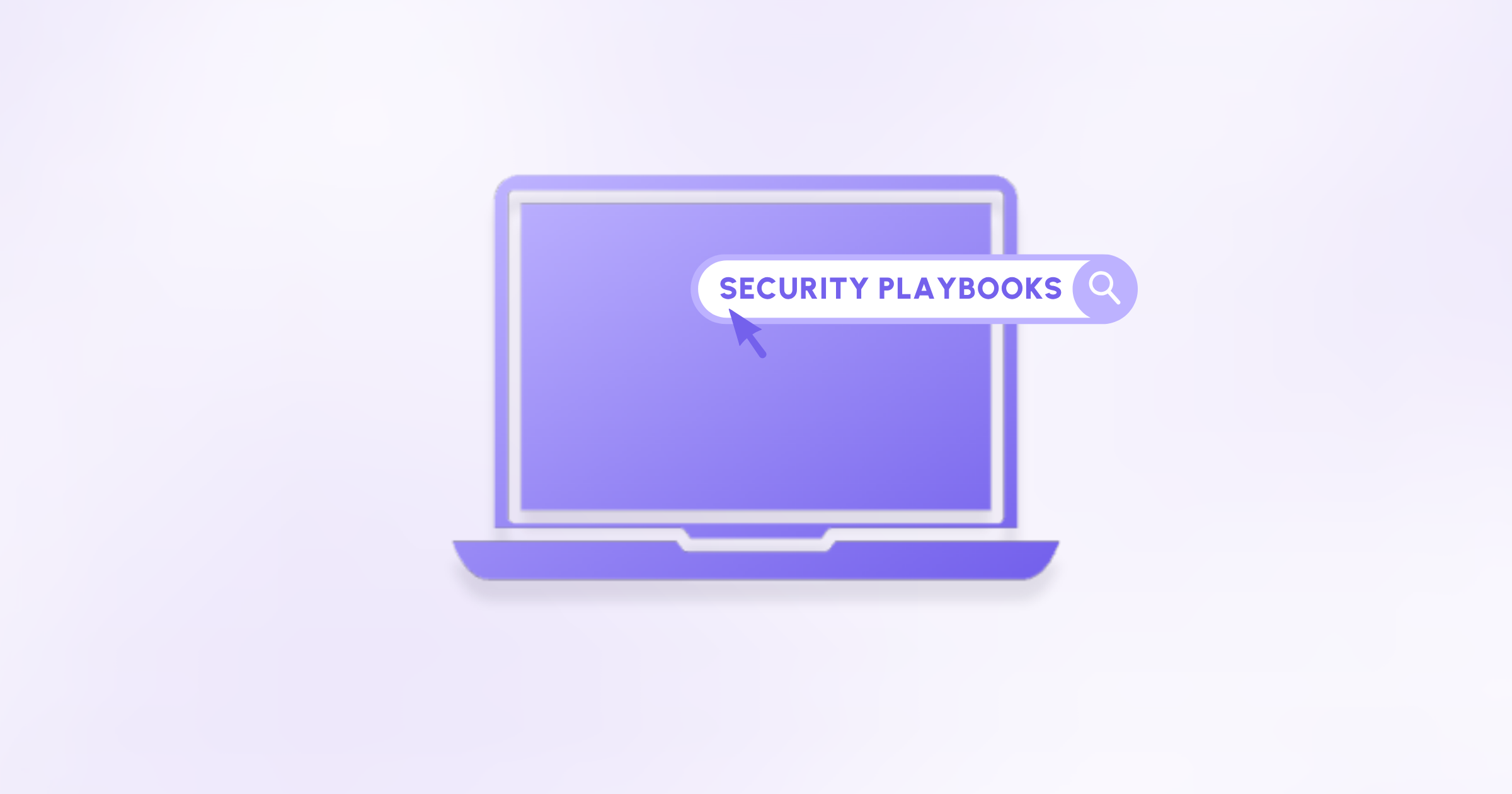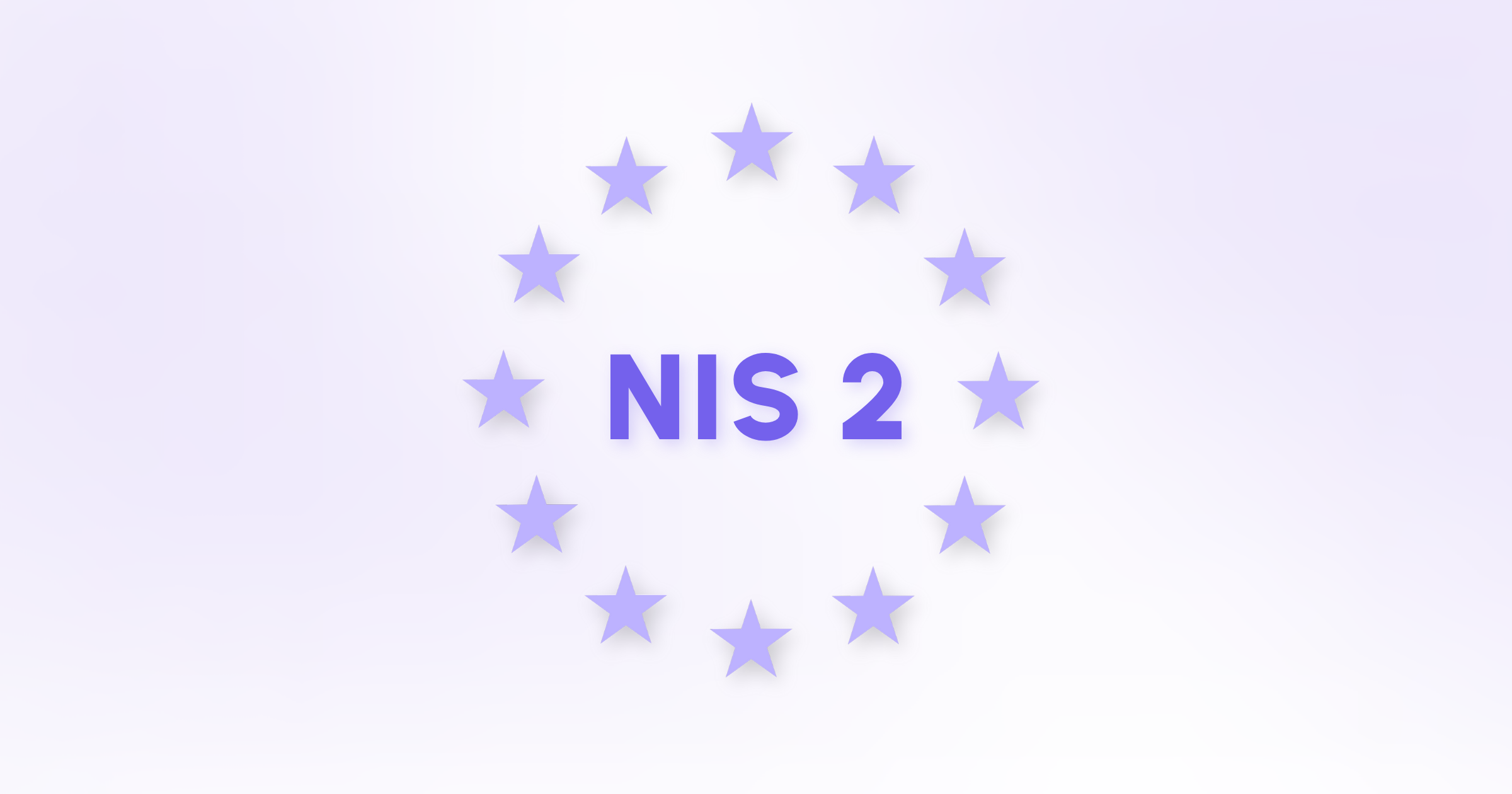Where to Find Security Playbooks? (And Why it Feels Like Jumping Through Hoops)
If you’ve ever struggled to find solid, ready-to-use security playbooks – you're not alone. Here’s why it’s so hard, and where to find the good ones.

A few months ago, I was at a cybersecurity meetup when a recent graduate struck up a conversation after I mentioned Cymph. They said they'd encountered playbooks during their university coursework but had never really dug into them.
With a mix of curiosity and hope, they asked me: "Where can I find good playbooks?"
It’s probably the question not just fresh graduates, but most SecOps practitioners, analysts, or consultants face more than once. Each new project, company, or regulatory shift brings a fresh set of requirements. This means new playbooks need to be found, revised, or created from scratch. It can feel like rebuilding the wheel every time, just with a different kind of pressure or context.
Yet, it’s strangely hard to find solid, usable playbooks. Not the academic kind that outline lofty or general frameworks. And not the ultra-specific kind tied to some vendor tool you haven’t used. Just clear, actionable, real-life examples of what is being implemented today.
If you're someone working in cybersecurity, where do you even begin to find security playbooks?
Based on our user research at Cymph, here’s what we’ve noticed.
It usually starts with a Google search
Most people start by typing “incident response playbook examples” into Google. And fair enough, the top links will usually land you on a CISA page, a NIST guideline, or a GitHub repo that’s a bundle of playbooks someone has collected.
Government and standards bodies like NIST, ENISA, or CISA are often the first stop. Their playbooks are thorough and well-written. But they’re also formal, structured, and meant to be frameworks more than step-by-step recipes.
Then there's GitHub, a goldmine if you're willing to dig. You’ll find contributions from passionate professionals, students, vendors, and researchers. Some are gems. Others are either half-baked or haven’t been updated since 2017. I once found one that still referred to WannaCry as a “new” threat.
And here’s a personal gripe: Why are so many playbooks still just PDFs?
There's often a mix of text and simple diagrams, with rarely a clean way to pull them into a digital system where they can be indexed, searched, or used programmatically. Playbooks feel more like textbooks, where we have to take the extra effort to apply them to real-life scenarios at work.
Vendor docs: helpful but tricky
If you’re already using platforms like Microsoft Sentinel, Palo Alto XSOAR, or Splunk SOAR, the vendors usually provide pre-built playbooks. They can be a great starting point if your environment aligns perfectly.
Often though, vendor-specific playbooks aren’t easily shareable. Also, their templates tend to be either too light on detail or written in a way that assumes deep familiarity with the vendor’s platform. Without the right documentation or context, it’s difficult to adapt them outside of their intended ecosystem.
What do people look for in a playbook?
From our time building Cymph and speaking with security teams across industries, one thing stood out. Nobody wants a rigid, one-size-fits-all playbook. What they’re after is something they can shape around their own environment and goals, something that evolves with them.
We’ve found that a good playbook is a relevant playbook. Teams are constantly adjusting to the latest compliance frameworks, trying to achieve ISO certifications, and whatever the latest cyber attacks throws at them, and they need playbooks that can keep pace.
A lot of people we spoke with were looking for more than just templates. They wanted a place to discover, adapt, and remix ideas, to see how others were tackling phishing, ransomware, or insider threats. And they didn’t want to be boxed into a vendor-specific approach. Many pointed out how often pre-packaged content ended up being more work than help, either too abstract or so tied to a vendor’s ecosystem that it had to be torn apart before it could be useful.
What also became clear is that most teams don’t rely on a single playbook. They’re juggling suites of them, some operational, some strategic, each with its own role in the bigger picture. When those playbooks work well together, it feels more like an orchestra than a checklist.
There’s also been a recurring tension. The simpler the playbook, the easier it is to execute. But it still needs to be flexible enough to scale and adapt over time. Striking that balance isn’t easy.
Ultimately, we’ve seen that the playbooks people value most are the ones that feel native to their world. Not polished demos or glossy PDFs. Just usable, modifiable, and built with enough structure to be dependable, without getting in the way.
Why we built Cymph Playbook Hub
This is part of the reason we started curating playbooks at Cymph. Honestly, it began out of necessity. We just wanted a place where we could track down well-documented, community-vetted playbooks without digging through endless websites or cloning obscure GitHub repos.
We started assembling them. We gave them a consistent format. We made them editable and automation-ready. And most importantly, we kept them open and vendor agnostic.
Some of the best feedback we’ve received? That people like being able to take an existing playbook from our Playbook Hub, and make it their own and share it onwards to their team mates. That’s music to our ears.
So, where to find security playbooks? Here's a list of top sources for security playbooks
If you're looking to explore some of the playbooks mentioned above, here’s a quick list of trusted starting points with free access:
Government and standards bodies
- CISA (U.S. Cybersecurity & Infrastructure Security Agency) – Publishes comprehensive cybersecurity playbooks and guides. These are designed for U.S. federal agencies but are great reference models for anyone.
- ENISA (European Union Agency for Cybersecurity) – ENISA offers detailed good practice guides and incident management frameworks for EU member states and organisations.
- Australian Cyber Security Centre (ACSC) – Australia’s ACSC provides very practical, example-driven resources and collates advice across government and industry in one place.
- Cyber Security Agency of Singapore (CSA) – The CSA (via SingCERT) openly shares a set of incident response playbooks for various scenarios.
Many countries have similar agencies or CERTs with published guidance. You can check your country’s cybersecurity authority or national CERT for more local specific playbooks and advisories.
Open-source and community projects
- GitHub “Awesome Playbooks” and Repositories – There are community-driven collections such as the Awesome Incident Response Playbooks repository , which compiles hundreds of playbooks contributed by practitioners around the world.
- SANS and Other Community Whitepapers – Organisations like SANS Institute, CERT/CC, and FIRST often publish whitepapers or community papers on incident response.
- Security Vendor Open Repositories – Some security vendors open-source parts of their playbook collections or provide free community editions. These can be retrieved and modified for your needs even if you don’t use those exact platforms. Here’s a quick list:
Curated, open-access library of playbooks
- Cymph Playbook Hub – We at Cymph also have a free Playbook Hub which aggregates many of the playbooks from the sources above into one consistent format. The Hub is vendor-agnostic and community-driven. You can discover playbooks for a variety of incident types such as phishing, ransomware, denial-of-service, etc. You can copy any playbook, modify it right in the browser to fit your environment, and even integrate it with automation workflows if you want. We’ve included popular playbooks from the sources mentioned above, and we hope that you can contribute as part of the community. It’s free to sign up, and you can use any of the over 700 playbooks a base to build your own playbooks.
If you’re just starting out…
Start with one use case, like phishing or USB malware detection. Find two or three templates from reputable places such as CISA, GitHub, or vendor docs. Then merge the best parts into something that fits your environment.
Ask around. Don’t be afraid to share your playbook with a colleague and say, “Does this make sense to you?”
And if you need a base to build from, our Cymph Playbook Hub is open. You’re welcome to explore, copy, improve, and remix. Just don’t start from zero.
Because in security, time matters. And we’ve all got better things to do than reinvent the wheel.




